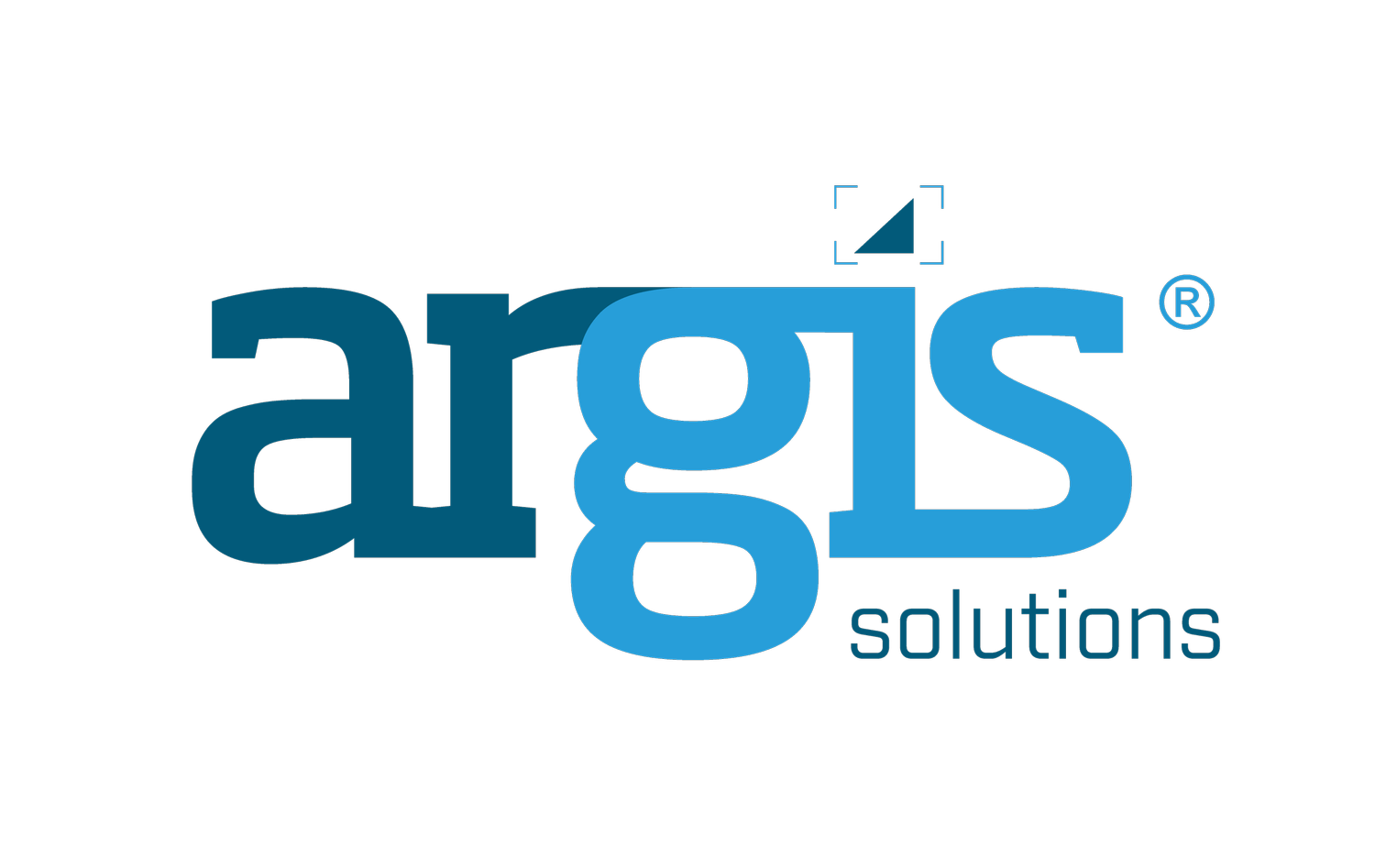ArcGIS® Licensing Options for Your Organization’s GIS Needs
An overview of ArcGIS licensing options.
From ancient cave paintings that mapped the stars to digital maps that use satellites to communicate real-time data, like the one created by NOAA to identify areas at risk for coral bleaching, for thousands of years mankind has understood the visually communicative power of the map. Maps tell stories and answer questions. Today, with Esri’s ArcGIS® mapping and analytics software, the power and potential of geospatial data seems boundless.
Businesses’ GIS requirements vary, so determining the best ArcGIS licensing for your data distribution is essential. Esri has developed a diverse range of options to meet those varying needs. The following is an overview of the four main licensing options available for ArcGIS.
With ArcGIS Online services and software are hosted on a cloud solution, so software updates are not needed. The license structure is a credit-based system and pay-per-seat, meaning your business buys a certain number of seats, and employees can use up to the maximum number of seats purchased. One major feature is Web AppBuilder for ArcGIS®, which allows users to create web maps and add widgets to create web apps. A wide array of widgets are available: legends, save data/export, magnifying, base maps, and even more. Developers can also create custom widgets. ArcGIS Online is beneficial if your organization needs to view large amounts of data requiring human analysis, and it gives the capability to share information quickly with rapid application development (RAD). Users find it very intuitive to operate.
ArcGIS Enterprise is software that must be installed on your organization’s servers at a physical location or on cloud services like Azure and Amazon. The purchasing price is based on cores and RAM, and annual maintenance is provided. Consider this option if your business needs include storing large amounts of data because with ArcGIS Online data storage requires a large number of credits to maintain. It is an excellent choice if your work includes considerable spatial analysis. It does not offer web map/app building.
3. Esri Portal- ArcGIS Online + ArcGIS Enterprise
This license gives your organization absolute control over its data while still offering all the cutting-edge tools of ArcGIS Online. It is provided as a local installation for your business. It can be hosted on either a server or a cloud service. If your organization’s data is sensitive, Esri Portal is the license option that would allow for the most customer control.
4. Desktop software
There are two desktop software options available from Esri: ArcMap™ and ArcGIS® Pro. ArcMap is used to distribute and share data. There are three levels of licensing: viewer, editor, and advanced. Advanced licensing offers a suite of analytical tools and extensions. For example, a geologist using ArcMap’s advanced licensing might use it for analyzing imagery to determine how much impervious land is in an area. With ArcMap you can choose licensing that allows the user to check in and out or select single licensing that remains on your computer.
ArcGIS Pro has recently been updated with a new look and uses more advanced, current technology. It was built to work with ArcGIS Online, which makes managing it easier. With ArcGIS Pro you can read your own internal servers, but you cannot manage them. Seats giving access to ArcGIS Pro are available through ArcGIS Online. The user logs in through software on their desktop which is tied to a cloud solution.
View ArcGIS Data in Augmented Reality
One cutting-edge technology that organizations are increasingly utilizing to interact with and view their ArcGIS data is augmented reality (AR). Our mobile app, the Argis Lens, allows the user to view their geospatial data three-dimensionally directly at the worksite. ArcGIS data is transformed into images, quickly communicating underground infrastructure like sewer and water lines, telecommunications facilities, and gas pipelines to those in the field. Almost no preparation for your GIS data is needed because the Lens is built to visually translate your data directly from your ArcGIS system. Simply publish the data you want to view in augmented reality as feature services. ArcGIS Online is a faster implementation though other implementations are just as successful. Interested in learning more? Schedule a discovery call.

